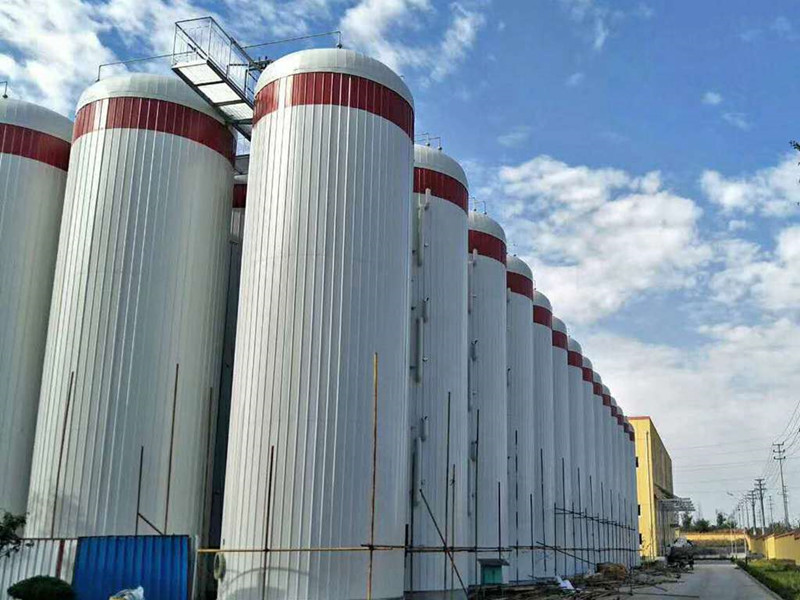
-
 Afrikaans
Afrikaans -
 Albanian
Albanian -
 Amharic
Amharic -
 Arabic
Arabic -
 Armenian
Armenian -
 Azerbaijani
Azerbaijani -
 Basque
Basque -
 Belarusian
Belarusian -
 Bengali
Bengali -
 Bosnian
Bosnian -
 Bulgarian
Bulgarian -
 Catalan
Catalan -
 Cebuano
Cebuano -
 China
China -
 China (Taiwan)
China (Taiwan) -
 Corsican
Corsican -
 Croatian
Croatian -
 Czech
Czech -
 Danish
Danish -
 Dutch
Dutch -
 English
English -
 Esperanto
Esperanto -
 Estonian
Estonian -
 Finnish
Finnish -
 French
French -
 Frisian
Frisian -
 Galician
Galician -
 Georgian
Georgian -
 German
German -
 Greek
Greek -
 Gujarati
Gujarati -
 Haitian Creole
Haitian Creole -
 hausa
hausa -
 hawaiian
hawaiian -
 Hebrew
Hebrew -
 Hindi
Hindi -
 Miao
Miao -
 Hungarian
Hungarian -
 Icelandic
Icelandic -
 igbo
igbo -
 Indonesian
Indonesian -
 irish
irish -
 Italian
Italian -
 Japanese
Japanese -
 Javanese
Javanese -
 Kannada
Kannada -
 kazakh
kazakh -
 Khmer
Khmer -
 Rwandese
Rwandese -
 Korean
Korean -
 Kurdish
Kurdish -
 Kyrgyz
Kyrgyz -
 Lao
Lao -
 Latin
Latin -
 Latvian
Latvian -
 Lithuanian
Lithuanian -
 Luxembourgish
Luxembourgish -
 Macedonian
Macedonian -
 Malgashi
Malgashi -
 Malay
Malay -
 Malayalam
Malayalam -
 Maltese
Maltese -
 Maori
Maori -
 Marathi
Marathi -
 Mongolian
Mongolian -
 Myanmar
Myanmar -
 Nepali
Nepali -
 Norwegian
Norwegian -
 Norwegian
Norwegian -
 Occitan
Occitan -
 Pashto
Pashto -
 Persian
Persian -
 Polish
Polish -
 Portuguese
Portuguese -
 Punjabi
Punjabi -
 Romanian
Romanian -
 Russian
Russian -
 Samoan
Samoan -
 Scottish Gaelic
Scottish Gaelic -
 Serbian
Serbian -
 Sesotho
Sesotho -
 Shona
Shona -
 Sindhi
Sindhi -
 Sinhala
Sinhala -
 Slovak
Slovak -
 Slovenian
Slovenian -
 Somali
Somali -
 Spanish
Spanish -
 Sundanese
Sundanese -
 Swahili
Swahili -
 Swedish
Swedish -
 Tagalog
Tagalog -
 Tajik
Tajik -
 Tamil
Tamil -
 Tatar
Tatar -
 Telugu
Telugu -
 Thai
Thai -
 Turkish
Turkish -
 Turkmen
Turkmen -
 Ukrainian
Ukrainian -
 Urdu
Urdu -
 Uighur
Uighur -
 Uzbek
Uzbek -
 Vietnamese
Vietnamese -
 Welsh
Welsh -
 Bantu
Bantu -
 Yiddish
Yiddish -
 Yoruba
Yoruba -
 Zulu
Zulu
large diameter fiberglass pipe
The Advantages of Large Diameter Fiberglass Pipe in Modern Infrastructure
In recent years, the construction and utility industries have witnessed a significant shift towards the adoption of advanced materials, among which large diameter fiberglass pipe stands out. Fiberglass, or reinforced plastic, is renowned for its strength, durability, and resistance to corrosion, making it an ideal choice for various applications. This article explores the benefits of large diameter fiberglass pipe and its growing role in infrastructure development.
One of the primary advantages of large diameter fiberglass pipes is their exceptional strength-to-weight ratio. Unlike traditional materials such as steel or concrete, fiberglass pipes are lightweight and easy to handle. This translates to reduced labor costs during installation and lower transportation expenses. Large diameter pipes can be used in numerous applications, including water distribution, wastewater management, and industrial processes, where the need for durability and efficiency is paramount.
Corrosion resistance is another significant benefit of fiberglass pipes. Conventional metal pipes often succumb to rust and corrosion due to exposure to moisture and chemicals over time. In contrast, fiberglass is inherently resistant to such degradation, ensuring a longer lifespan and reduced maintenance costs. This feature is particularly essential in environments that expose pipes to aggressive substances, such as sewage treatment plants or chemical manufacturing facilities.
large diameter fiberglass pipe

The versatility of large diameter fiberglass pipe is also noteworthy. It can be designed to meet various specifications and can easily accommodate different sizes and shapes for specific projects. Moreover, advanced manufacturing techniques allow for a seamless installation process, thus minimizing potential leak points. The flexibility of fiberglass also enables it to be used in both above-ground and underground applications, broadening its utility in construction and civil engineering.
Environmental considerations increasingly influence material choices in construction. Large diameter fiberglass pipes are an eco-friendly alternative to traditional piping materials. They are often manufactured with a focus on sustainability, utilizing recyclable materials and energy-efficient processes. Furthermore, their amazing resistance to leakage not only prevents material loss but also safeguards surrounding environments from contamination, thereby promoting a cleaner ecosystem.
Cost-effectiveness remains a critical concern for project managers and engineers. While the initial investment in large diameter fiberglass pipe might be higher compared to traditional materials, the long-term savings associated with maintenance, durability, and installation lead to a more favorable overall cost structure. Additionally, considering the reduced frequency of repairs and replacements associated with fiberglass, it presents a financially sound option in the long run.
In conclusion, large diameter fiberglass pipe is proving to be a game-changer in modern infrastructure development. Its impressive properties—strength, durability, corrosion resistance, and environmental friendliness—make it an attractive choice for a variety of applications. As industries seek sustainable and efficient solutions, the trend toward fiberglass pipes is likely to continue, reshaping the landscape of construction and utility management for years to come. Adopting this innovative material not only meets today’s infrastructural demands but also aligns with a vision for a more sustainable future.









